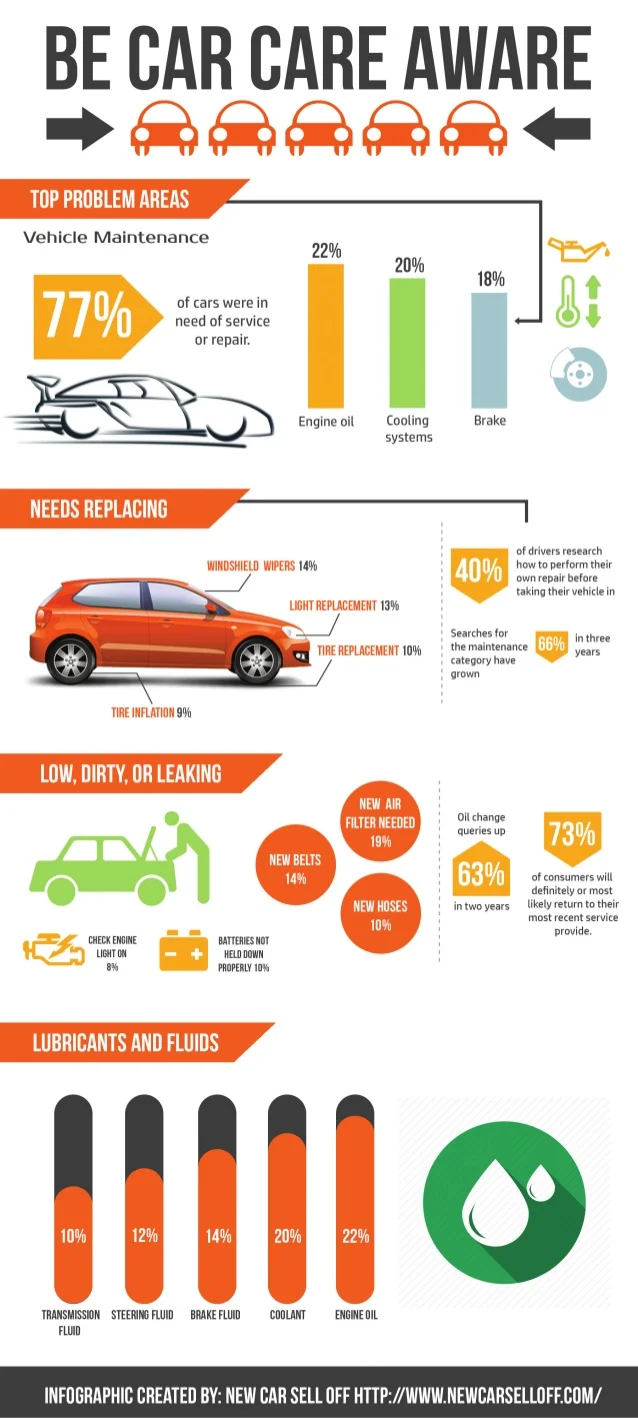An Initial Guide To Decoding Your Automobile'S Caution Indicators
An Initial Guide To Decoding Your Automobile'S Caution Indicators
Blog Article
Team Author-Gunter Mahmoud
When you're behind the wheel, those little caution lights on your vehicle's control panel can be quite perplexing. What do they indicate, and should you be concerned? Understanding these signals is vital for your car's wellness, however it does not have to be a complicated job. By translating the mystery behind each light, you'll be equipped to deal with possible problems successfully and maintain your vehicle running smoothly. So, next time a warning light flashes, do not panic - arm yourself with knowledge and take control of the scenario.
Importance of Auto Caution Lights
Comprehending the relevance of your automobile's caution lights is essential for preserving your vehicle's health and safety. These lights function as your automobile's interaction system, signaling you to possible problems that might jeopardize your security when driving or cause costly repairs if ignored. By taking note of these cautions, you can attend to issues early and protect against more damages to your automobile.
Disregarding advising lights can result in serious repercussions, such as engine failure, brake breakdowns, or even mishaps. These lights are developed to notify you of concerns ranging from low tire pressure to engine breakdowns, providing you the chance to take action before the scenario gets worse. Regularly examining and recognizing these warnings can conserve you time, cash, and ensure your security while driving.
In addition to keeping you safe, responding immediately to warning lights can additionally aid extend the lifespan of your auto. By dealing with concerns beforehand, you can stop tiny issues from rising into significant repairs, inevitably saving you money and time in the future. Bear in mind, your cars and truck's warning lights are there for a factor - don't neglect them!
Common Warning Lights and Meanings
When it involves driving your cars and truck, understanding typical warning lights and their definitions is vital for your safety and automobile upkeep. Right here are a couple of typical warning lights you might experience:
1. ** Examine Engine Light **: This light indicates an issue with your engine. Maybe something small like a loosened gas cap or something more serious like engine misfiring.
2. ** Battery Light **: This light signals a problem with your car's charging system. It can show a malfunctioning battery, alternator, or various other relevant components.
3. ** Oil Pressure Light **: When this light begins, it implies your engine may be running low on oil or experiencing reduced oil stress, which can cause engine damage if not addressed quickly.
4. ** Brake System Light **: This light shows a concern with your braking system. It might imply low brake liquid levels or an issue with the brake system that needs immediate attention.
Understanding these typical caution lights will help you identify prospective issues beforehand and avoid more substantial issues down the road.
Just how to Respond to Caution Lights
In case a caution light illuminates on your automobile's dashboard, it's critical to react quickly and appropriately. When a warning light comes on, the initial step is to consult your owner's manual to recognize the particular concern indicated by the light.
Some lights call for instant interest, while others might suggest a less urgent matter. If truck brake repair is red or flashing, it's generally an indicator of a severe problem that requires prompt activity. In such instances, it's advisable to pull over securely, shut off the engine, and seek professional aid.
For navigate to this website or orange warning lights, while they might not call for instant attention, it's still essential to address the underlying problem immediately to prevent further damage. Normal maintenance and assessment can help stop cautioning lights from beginning suddenly.
Final thought
To conclude, understanding your cars and truck's caution lights is crucial for preserving your vehicle's health and wellness. By on a regular basis inspecting and reacting to these cautions, you can address possible issues early and prevent expensive fixings or safety risks. Remember to consult your owner's manual for info on various warning lights and constantly take prompt action for red or flashing lights. Keep aggressive and maintain your car running efficiently!
